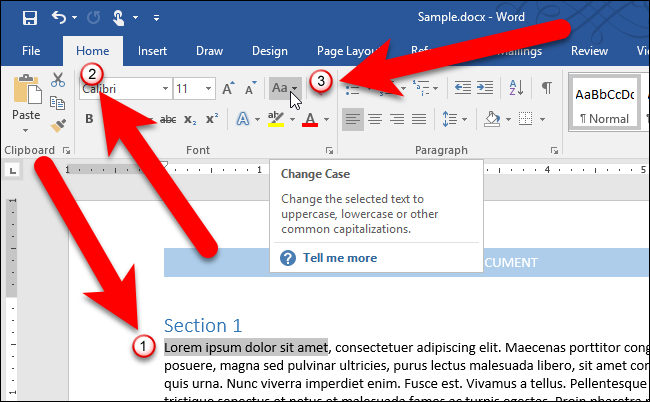
You should be able to mould your dirt into loose shapes. Our goal is to create a muddy consistency, not a soupy one. What we do is measure out our dirt into a 5-gallon pail and add water to that. This will help to reduce large pockets of air from being trapped inside. It’s beneficial to soak your dirt in water before adding it into your tank. In this case, your total dirt base layer volume remains the same, but you may have less soil because you will replace a portion of it with the peat moss and manure. Many dirted tank keepers will prepare their soil with additives and other organics, such as peat moss and manure. This is how you would calculate your required dirt volume if you’re only using dirt. The organic soil we used for our 20-gallon tank The bag we bought was 20L, so there was plenty left over. To convert our 288 cubic inches we would divide by 61, which gives us 4.7 litres of soil. Most bagged soils will display the volume in litres.


So we need 288 cubic inches of soil for this tank. We then multiply that by the depth we want, which is just 1 inch. We multiply those numbers together and get 288. Our 20-gallon tank is 12-inches wide and 24-inches long. You can easily calculate how much soil you will need if you know the dimensions of your aquarium’s footprint.

Prepare your dirt and sand How much dirt do you need?


 0 kommentar(er)
0 kommentar(er)
